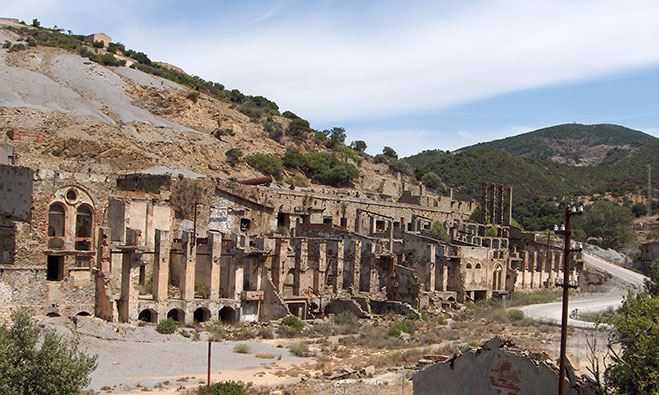Sardinia offers unknown cultural resources sometimes more fascinating then its crystal sea water, beaches and sun. Punic, Phoenicians and Romans have left many signs on its history and culture. The southern coastline has many fortresses erected by the conquerors of Sardinia, in order to protect themselves by Saracen pirates.
The mining tourism in Sardinia is one of the more attractive cultural aspects and it justify itself a vacation in this gorgeous island. Sulcis-Iglesiente area, located in the south-western Sardinia, is a part of an important mining park declared by the UNESCO the first of the world.
Our itinerary starts from Cagliari driving through the road 130. This way you may reach Sulcis-Iglesiente about 60 killometers away from the capital city. Here Phoenicians and Punic, skilled navigators, have founded the first dockings and cities in order to export the extracted ores.
This area has more mines then the rest of the Sardinian territory. Monteponi mining is for sure the most famous one. Phoenicians were the first population to understand how rich of ores was this part of Sardinia, but Pisans were the first really exploiting precious mineral resources such as zinc, silver, and lead. The deepest shaft of Monteponi settlement, that Pope Giovanni Paolo II has visited during eighties, reach 200 meters.
In the surroundings of Iglesias, one of the main cities of Sulcis-Iglesiente, we find a place named Masua. There you may discover another suggestive abandoned mining area, and through a tunnel that reaches the sea, you may admire the Pan di Zucchero, a famous cliff that can be considered a landmark of south-western Sardinia.
Public transportation aren’t the best solution to visit this Sardinian corner, they may be slow and not efficient. We suggest you to rent a car that guarantee you maxium freedom and flexibility.


